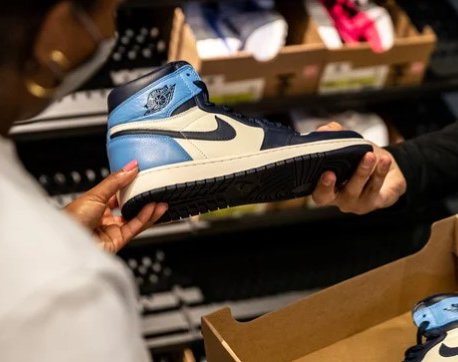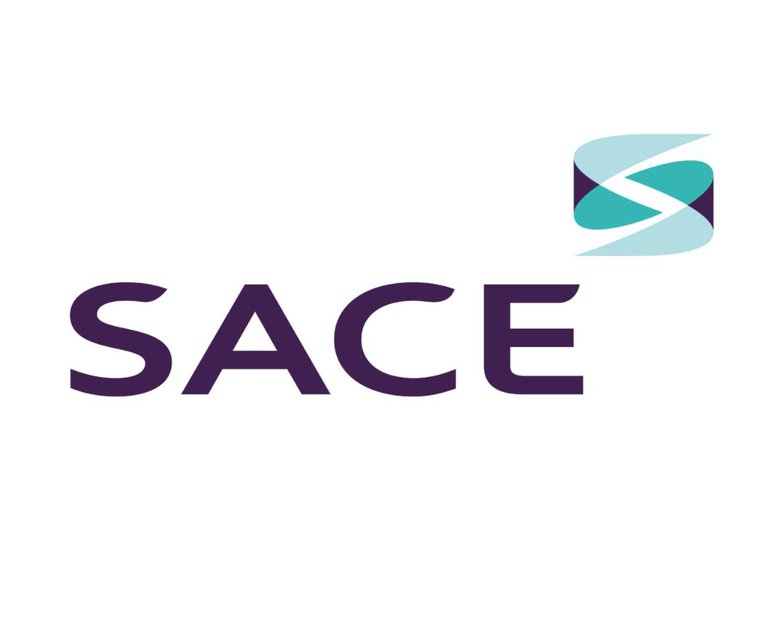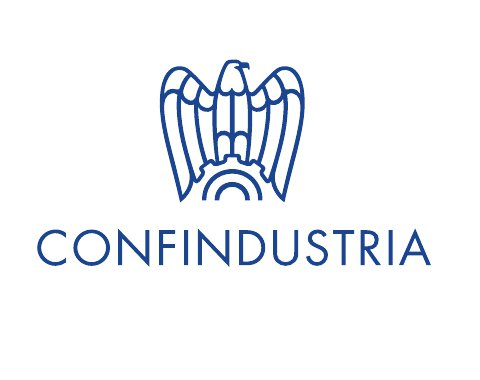Nike foresees a series of countermeasures, including the railway and the expansion of the distribution network to improve the flow of arrivals and shipments, amid the logistical crisis and shortage of materials, due to the pandemic. Retail Dive informs that Nike has adopted a dedicated train between Los Angeles and Memphis which it calls the “sole train”. But it has also added regional warehouses in the US and Europe, and a thousand “collaborative robots” for sorting and packaging while many workers are in lockdown.
The initiatives are part of the company’s shift toward “building a digital-first supply chain to power Nike’s more direct, faster and precise service of consumers, all while prioritizing sustainability,” COO Andrew Campion said in a statement.
Nike lost three months of production because of COVID-19 factory shutdowns in Vietnam during Q1 of FY2022. More than half of Nike shoes and about 30% of its apparel were made in Vietnam, as of the last fiscal year. The shutdowns “significantly impacted and are expected to continue to significantly impact, our previously planned inventory production,” the company said in a quarterly filing earlier this month.
The company has been spreading out its operation in response to widespread disruption and rising e-commerce orders. Distribution centers in Los Angeles; Bethlehem, Pennsylvania; and Dallas have created a “multi-node network,” a transition from Nike’s previously centralized, national distribution facilities in Memphis, Tennessee, the company said.
The Memphis centers have become omnichannel facilities, and Nike has added a facility in Madrid to diversify its European operations beyond its Belgium logistics campus.
Transportation delays, port congestion and container shortages affected product availability in the second quarter and first six months of fiscal 2022, the company said in its form 10-Q filing.[1]
Nike, which joined Home Depot and others in finding alternative transportation for its goods, told Supply Chain (Retail Dive’s sister publication), it launched the “sole train” because of freight backlogs ahead of the holiday season.
“To ensure we were able to fulfill consumer orders, the Sole Train was implemented to fast-track product to our distribution centers,” a spokesperson said in an email. “This included a partnership with our local drayage carriers, where they committed to off-loading the train as soon as it arrives, making product available within 24 hours.”
Distribution center robots increase speed in order processing, alleviate physical challenges and allow employees to focus on higher-value activities, the company said. In addition, Nike’s tech capabilities include advanced demand-sensing and inventory optimization platforms supporting its regional facilities.
The robots have helped the company triple its digital order capacity in North America, Europe, the Middle East and Africa over the past two holiday seasons, Campion said.
“The challenges and constraints imposed by the pandemic have driven our teams to transform how we serve consumers through the implementation of new technology platforms, automation and process improvement in our operations,” Campion said.
[1] Form 10-Q is a quarterly report commissioned by the Federal Securities and Exchange Commission of the States United which must be submitted by companies listed on the stock exchange.



